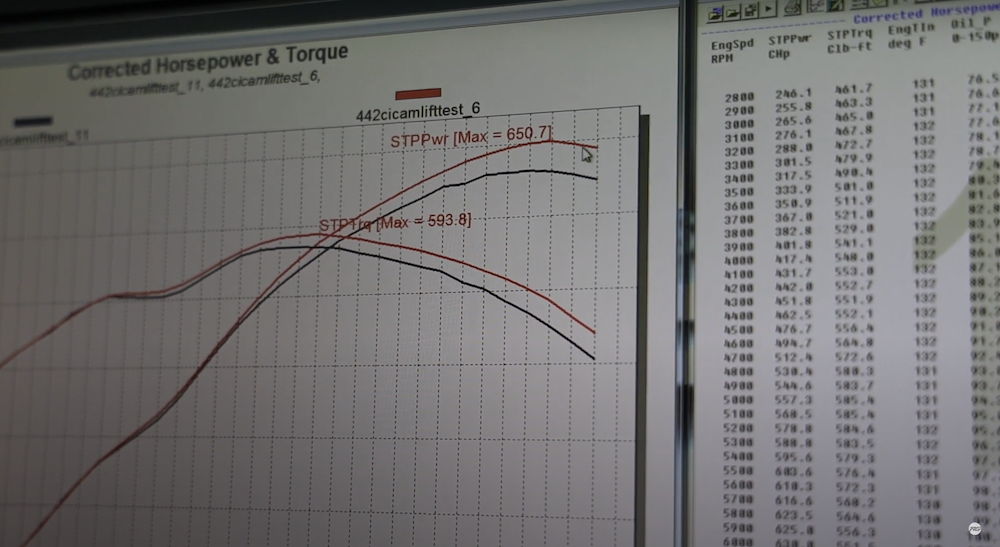Here’s Why Making Less Power Is Sometimes Better for Your LT or LS V8
LT and LS V8 owners are always looking for more power, but a low-lift cam makes life far easier on your valvetrain.
In the automotive world, more is almost always a good thing, whether we’re talking about horsepower, torque, or tire size – all byproducts of our desire to go faster. But sometimes, more isn’t always better, at least when we’re talking about weight, elapsed times, or various other aspects of a vehicle. However, few would ever admit that less power is a good thing, which is what makes this video from our sister site, CorvetteForum, a bit shocking. After all, who the heck would want their LT or LS V8 to be less powerful than it could be?
Truth is, there are plenty of good reasons why one might want to make a bit less power, at least in terms of how that relates to camshaft selections. Historically, we’ve always been taught to stuff the lumpiest cam we can possibly cram in our engines, making them chop and emit cool sounds, letting envious onlookers know that we’re driving a serious piece of machinery. However, in this recent interview with American Heritage Performance, we learn why that isn’t always advantageous for many applications.
AHP knows a thing or two about the LT and LS V8 engines, as it makes and installs all sorts of go-fast goodies for those particular powerplants. Recently, the company was tinkering around with a customer’s 442 cubic-inch LS7 engine, trying out low-lift and high-lift camshafts to see what sort of different each would make. Previously, the powerplant was running a high-lift cam, but wound up breaking a rocker arm after 25,000-30,000 miles of hard driving, so back into the shop it went.
The customer wanted something he could drive a bit longer without having to worry about breakage, so the team at AHP dyno tested the LS7 with both the original high-lift cam and a low-lift piece with otherwise similar specs. The results were rather interesting, as the smaller cam only gave up 20 horsepower and 10 pound-feet of torque, with nearly identical figures below 4,800 rpm.
This is precisely why AHP recommends that for anything less than a full-blown competitive race car, it’s often better to simply go with a low-lift cam. You’ll still get the wicked sound and chop the bigger piece provides, albeit while also protecting the valvetrain, which results in less maintenance, less potential for valve guide wear, and a longer lasting engine to boot. Thus, at least in this case, giving up a bit of power for greater reliability over the long term seems like a fair trade.



